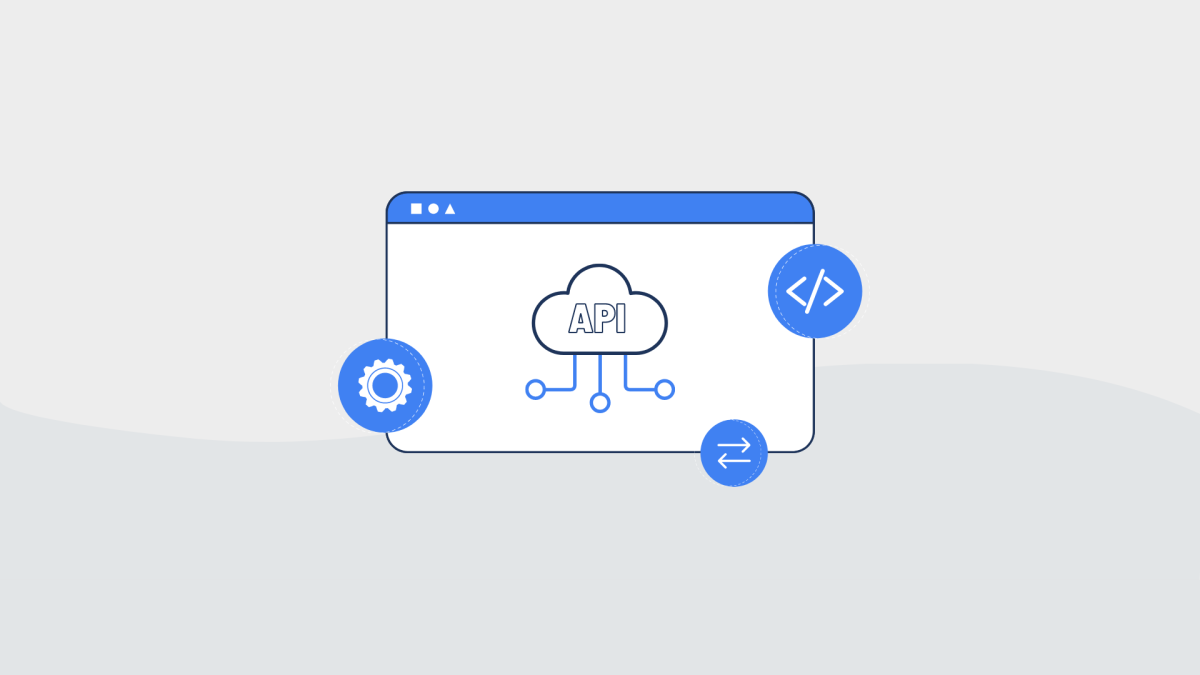Social media has become the heartbeat of online communication, with millions of users sharing their thoughts, experiences, and opinions in real time. For businesses and individuals, understanding this vast sea of information is challenging, but thanks to Social Media Monitoring API, navigating the digital landscape has never been easier.
Definition of Social Media Monitoring API

In its essence, a Social Media Monitoring API is a powerful tool designed to track, analyze, and extract valuable insights from various social media platforms. It acts as a bridge, connecting users with the wealth of data available on these platforms.
Importance of Social Media Monitoring
Understanding the pulse of social media is vital for businesses looking to stay competitive and relevant. Social Media Monitoring APIs offer a comprehensive solution to monitor brand mentions, analyze sentiment, and derive actionable intelligence from the vast ocean of social media content.
How Social Media Monitoring APIs Work
A. Data Collection
Social Media Monitoring APIs gather data from a multitude of sources, including posts, comments, and mentions across different platforms. This real-time data collection forms the foundation for in-depth analysis.
B. Data Processing
Once collected, the data goes through advanced processing algorithms, filtering out noise and irrelevant information. This ensures that the insights derived are accurate and meaningful.
C. Sentiment Analysis
Social Media Monitoring APIs employ sentiment analysis to understand the emotional tone behind user-generated content. This allows businesses to gauge public sentiment towards their brand or products.
D. Reporting and Insights
The processed data is then transformed into actionable reports, providing users with valuable insights into trends, user behavior, and areas for improvement.
Benefits of Using Social Media Monitoring APIs
A. Real-time Data
One of the primary advantages of Social Media Monitoring APIs is their ability to provide real-time data. This immediacy allows businesses to respond promptly to emerging trends or address potential crises swiftly.
B. Competitive Analysis
Social Media Monitoring APIs enable businesses to closely monitor their competitors, analyzing their strategies and market positioning. This competitive intelligence is invaluable for making informed business decisions.
C. Brand Reputation Management
Maintaining a positive brand image is crucial in today’s competitive landscape. Social Media Monitoring APIs help businesses proactively manage their online reputation by identifying and addressing negative sentiment.
Popular Social Media Monitoring APIs
A. AIM Insights API
AIM Insights API offers a comprehensive set of tools for social media monitoring, including trend analysis, influencer identification, and sentiment tracking.
B. Hootsuite API
Hootsuite API is renowned for its social media management capabilities, allowing users to schedule posts, engage with their audience, and monitor social media conversations seamlessly.
C. Mention API
Mention API specializes in real-time brand monitoring, providing users instant alerts and insights whenever their brand is mentioned online.
Challenges and Solutions
A. Data Privacy Concerns
With the increasing focus on data privacy, businesses using Social Media Monitoring APIs must address concerns related to user data. Implementing robust privacy measures and complying with regulations is crucial.
B. Handling Big Data
The sheer volume of data generated on social media platforms poses a challenge. Social Media Monitoring APIs must employ scalable solutions to handle big data efficiently.
C. Integration Challenges
For businesses with existing systems, integrating Social Media Monitoring APIs seamlessly can be challenging. Clear communication and collaboration with IT teams are essential for successful integration.
Use Cases
A. Marketing Campaign Optimization
Social Media Monitoring APIs play a pivotal role in optimizing marketing campaigns by providing real-time feedback on campaign performance and audience engagement.
B. Crisis Management
In times of crisis, businesses can leverage Social Media Monitoring APIs to assess the situation, understand public sentiment, and respond strategically to mitigate negative impact.
C. Product Feedback and Improvement
Listening to customer feedback is vital for product improvement. Social Media Monitoring APIs help businesses collect and analyze feedback from diverse sources, guiding product development efforts.
Future Trends
A. Artificial Intelligence Integration
The integration of artificial intelligence (AI) is set to revolutionize Social Media Monitoring APIs, enhancing their capabilities in data analysis, trend prediction, and user behavior understanding.
B. Enhanced Predictive Analytics
Future Social Media Monitoring APIs will focus on providing more accurate predictive analytics, helping businesses anticipate trends and consumer behavior shifts.
Tips for Choosing the Right Social Media Monitoring API
A. Scalability
Choose a Social Media Monitoring API that can scale with your business. Ensure it can handle increasing data volumes as your online presence grows.
B. Customization Options
Look for APIs that offer customization options. A one-size-fits-all approach might not cater to your specific business needs.
C. Cost-effectiveness
Evaluate the pricing structure of different Social Media Monitoring APIs. Consider both the upfront costs and ongoing expenses to ensure they align with your budget.
Social Media Monitoring API and SEO
A. Impact on Search Engine Rankings
The data gathered from Social Media Monitoring APIs can influence search engine rankings. Positive online sentiment and engagement can contribute to higher search visibility.
B. Keyword Analysis
Integrate Social Media Monitoring API insights into your keyword analysis strategy. Identify trending keywords and incorporate them into your content for improved SEO.
Best Practices for Using Social Media Monitoring APIs
A. Regular Data Audits
Perform regular audits of the data collected through Social Media Monitoring APIs to ensure accuracy and relevance.
B. Cross-Platform Integration
Optimize results by integrating data from Social Media Monitoring APIs across various platforms, providing a holistic view of your online presence.
C. Continuous Monitoring
Social media is dynamic, and trends can change rapidly. Implement continuous monitoring practices to stay ahead of the curve.
Conclusion
Social Media Monitoring APIs are indispensable tools for businesses aiming to navigate the complex world of social media. From real-time data to competitive analysis, the benefits are vast.
As the digital landscape evolves, implementing Social Media Monitoring APIs is not just a choice but a necessity for businesses wanting to stay ahead and thrive in the online realm.
Ready to revolutionize your online presence? Request a demo from AIM Technologies and discover how Social Media Monitoring APIs can transform your business.
FAQs
A. How does a Social Media Monitoring API differ from manual monitoring?
- Social Media Monitoring APIs automate the process, offering real-time insights at scale, whereas manual monitoring is time-consuming and less comprehensive.
B. Are there any free Social Media Monitoring APIs available?
- While some basic versions may be free, comprehensive and feature-rich Social Media Monitoring APIs often have subscription-based pricing.
C. How frequently should companies use Social Media Monitoring APIs?
- The frequency depends on the company’s size and industry. However, regular monitoring, at least weekly, is recommended for meaningful insights.
D. Can Social Media Monitoring APIs be used for personal accounts?
- Most Social Media Monitoring APIs are designed for business use, but some basic tools may offer limited features for personal accounts.
E. What are the security measures in place for Social Media Monitoring APIs?
- Top-tier Social Media Monitoring APIs employ encryption, secure authentication, and comply with data protection regulations to ensure user data security.




